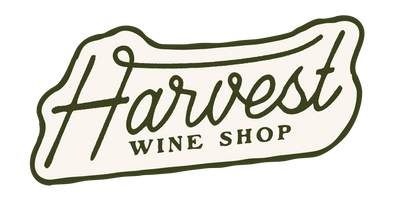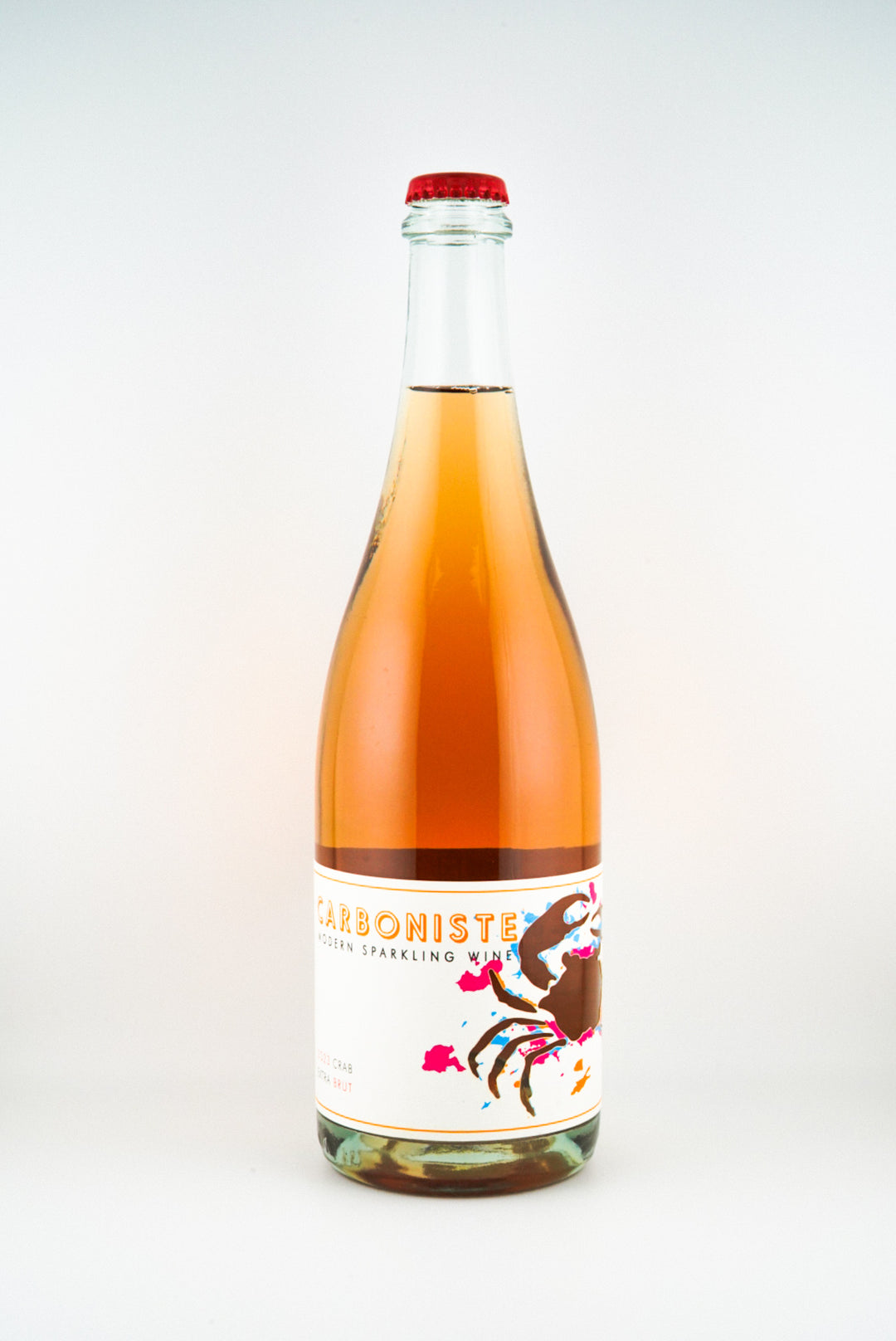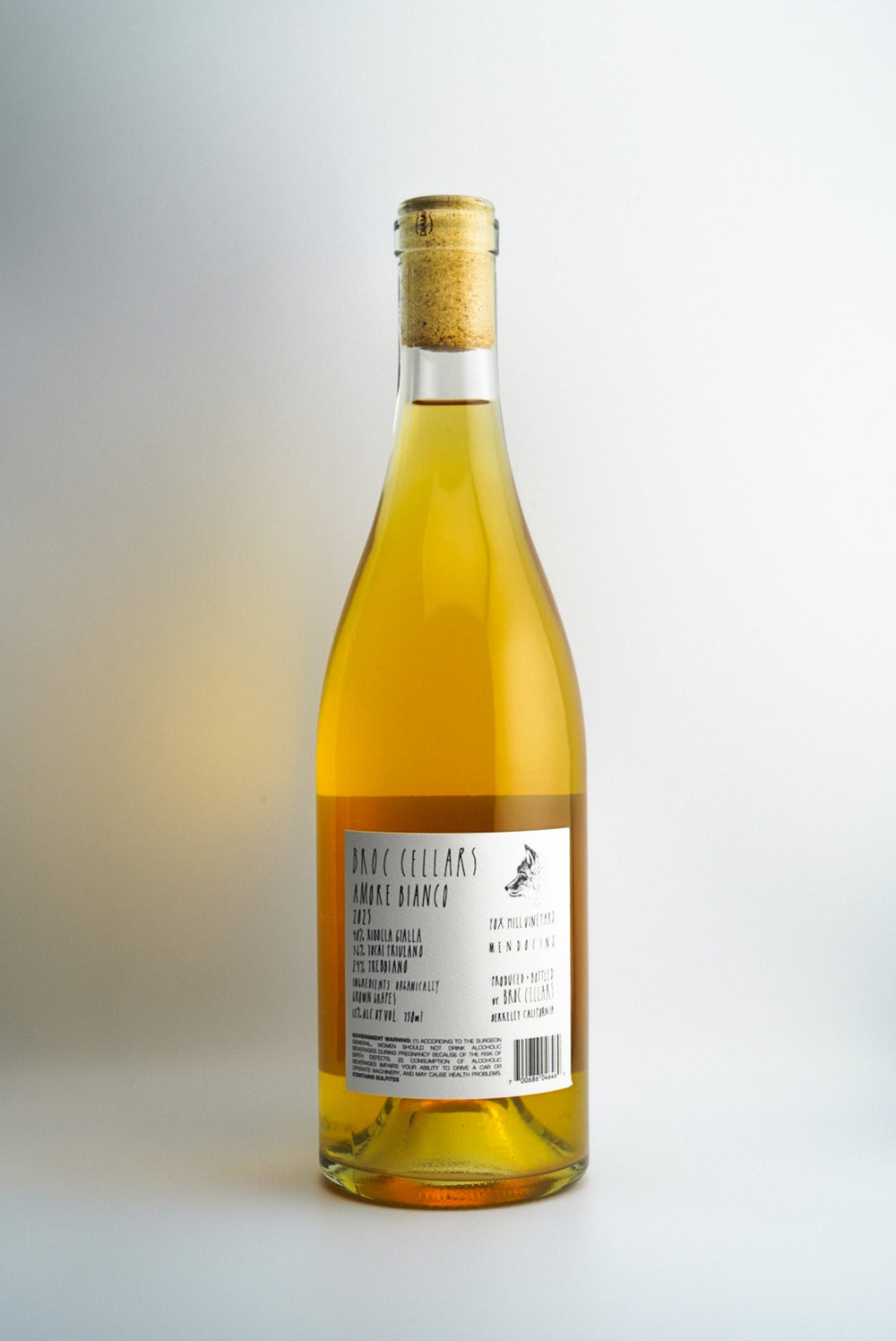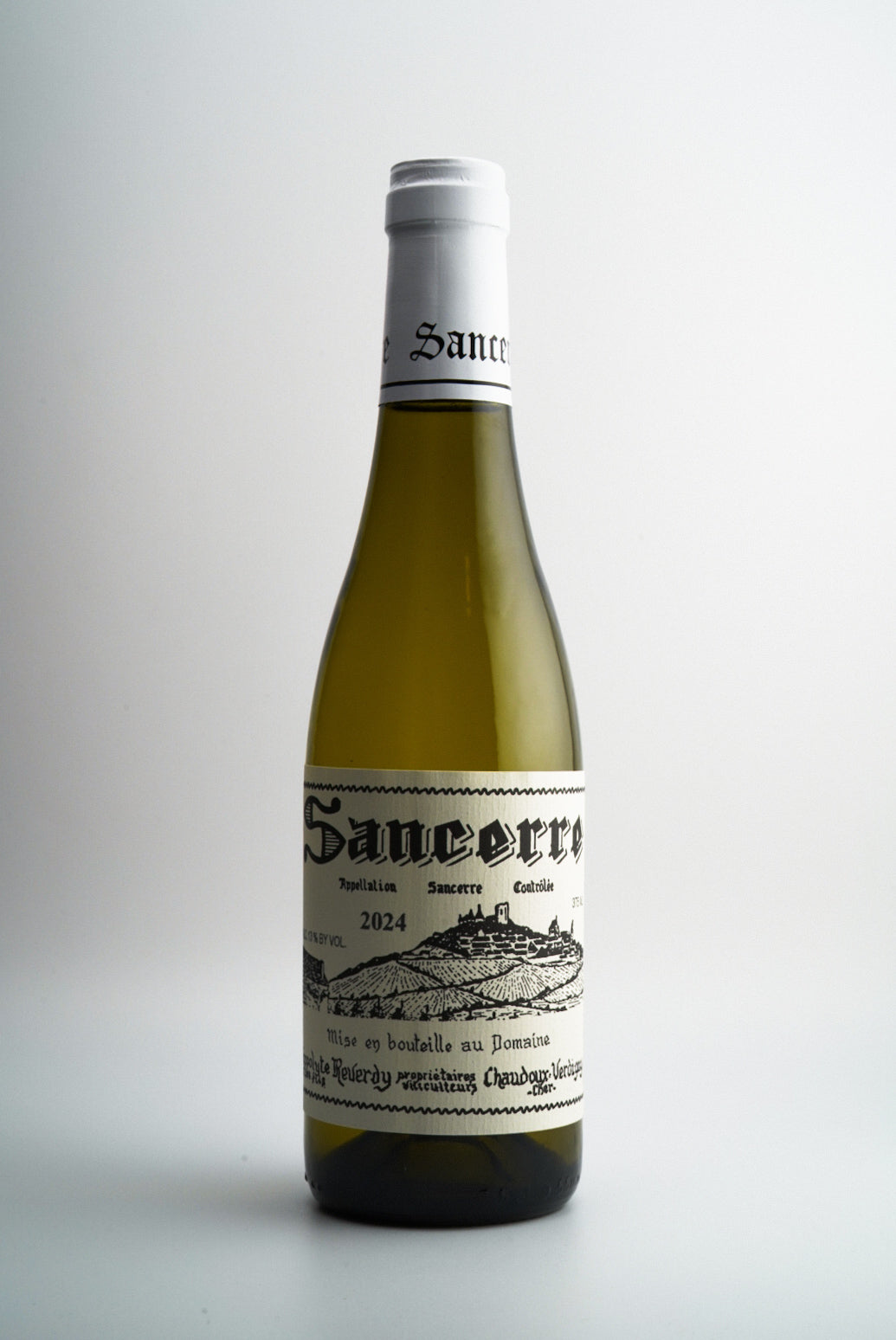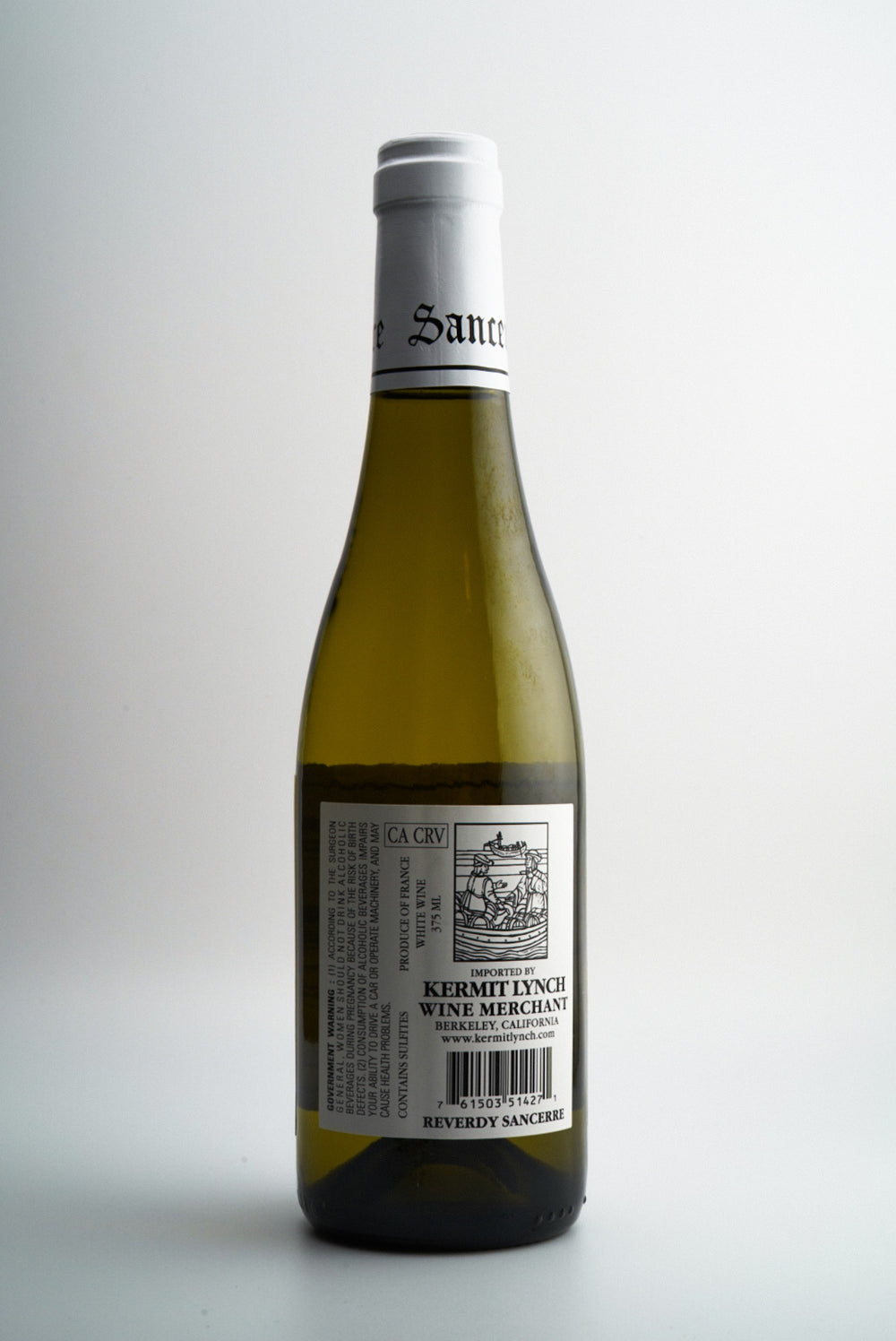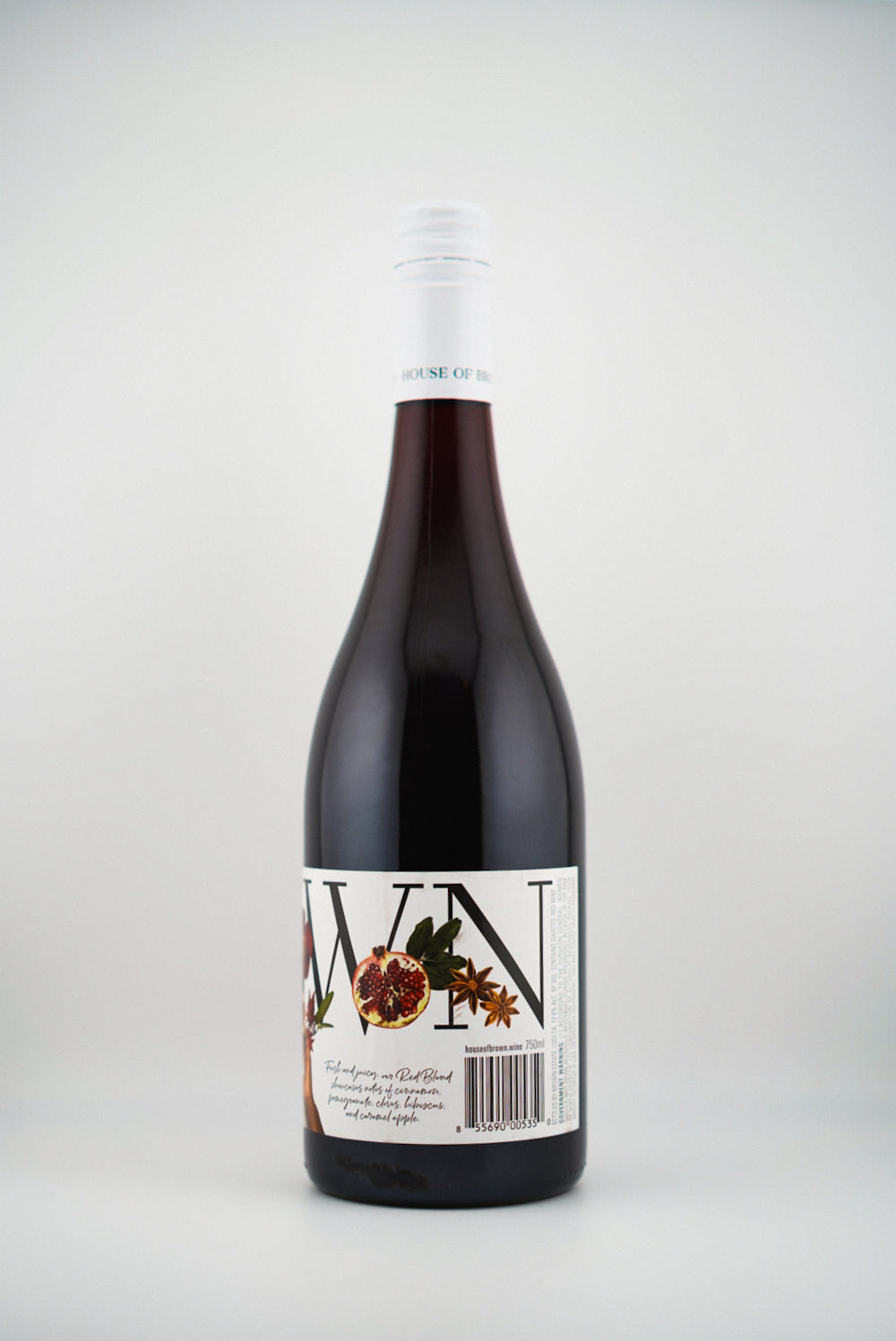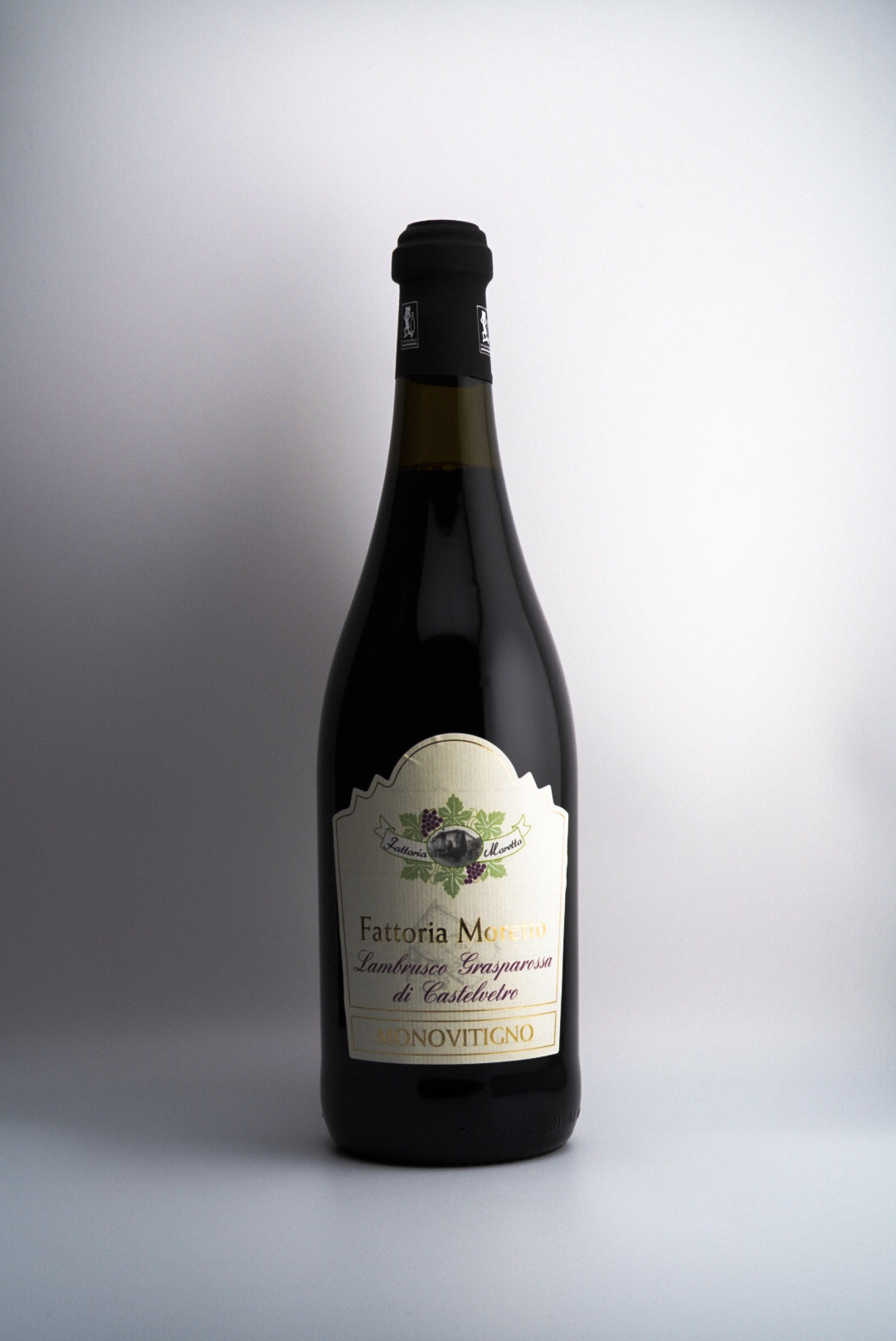Old World vs. New World — Wine 101 Course (Week 5 of 8)
Week 5: Old World vs New World Wines - Unveiling the Differences
Welcome to Week 5 of our Wine 101 Course! This week, we're diving into one of the most fascinating dichotomies in the wine world: Old World vs New World wines. Understanding these differences will significantly enhance your wine appreciation and help you navigate wine lists with confidence.
What's Old, What's New?
Before we delve deeper, let's define our terms:
- Old World refers to the traditional wine-producing regions of Europe and the Middle East. Think France, Italy, Spain, Germany, and even Armenia.
- New World encompasses wine regions outside these traditional areas, including the Americas, Australia, New Zealand, and South Africa.
Key Differences: It's More Than Just Geography
The distinctions between Old World and New World wines go beyond their locations on a map. Let's explore the key differences:
1. Climate and Geography
- Old World: Generally cooler climates with more varied terroir. This often results in wines with higher acidity and lower alcohol content.
- New World: Typically warmer climates with more consistent growing conditions. This tends to produce riper grapes, leading to fruitier wines with higher alcohol content.
2. Winemaking Regulations
- Old World: Stricter regulations govern winemaking practices. For example, France's AOC (Appellation d'Origine Contrôlée) and Italy's DOC (Denominazione di Origine Controllata) systems tightly control everything from grape varieties to production methods.
- New World: Winemakers enjoy more flexibility, allowing for experimentation and innovation.
3. Labeling Conventions
- Old World: Wines are often labeled by region. For instance, you'll see "Bordeaux" rather than "Cabernet Sauvignon."
- New World: Wines are usually labeled by grape variety, making it easier for consumers to know what's in the bottle.
Winemaking Philosophies: Tradition Meets Innovation
The approaches to winemaking in the Old and New World reflect their historical and cultural contexts:
Old World Approach
- Emphasizes terroir and tradition
- Focuses on balance and subtlety
- Often produces wines with lower alcohol content
- Aims to express the unique characteristics of the land
New World Approach
- Emphasizes fruit-forward flavors
- Tends towards bolder, more robust wines
- Often results in higher alcohol content
- Focuses on varietal expression and technological innovation
It's worth noting that these distinctions are becoming less rigid as winemakers worldwide share knowledge and techniques.
A Tour of Major Wine Regions
Let's take a quick trip around the globe to explore some iconic wine regions:
Old World
-
France
- Bordeaux: Known for Cabernet Sauvignon and Merlot blends
- Burgundy: Home to exceptional Pinot Noir and Chardonnay
- Champagne: The birthplace of the world's most famous sparkling wine
-
Italy
- Tuscany: Sangiovese reigns supreme (Chianti, Brunello di Montalcino)
- Piedmont: Land of the noble Nebbiolo (Barolo, Barbaresco)
-
Spain
- Rioja: Tempranillo-based reds are the stars
- Jerez: The home of Sherry
-
Germany
- Mosel: Riesling paradise
- Rheingau: Another Riesling stronghold, with some excellent Spätburgunder (Pinot Noir)
-
Armenia
- Ararat Valley: One of the oldest wine-producing regions in the world, known for indigenous varieties like Areni
New World
-
California, USA
- Napa Valley: Cabernet Sauvignon country
- Sonoma: Diverse region excelling in Pinot Noir and Chardonnay
-
Oregon, USA
- Willamette Valley: Producing world-class Pinot Noir
-
Washington, USA
- Columbia Valley: Known for bold reds like Cabernet Sauvignon and Syrah
-
Argentina
- Mendoza: Malbec's adopted home
-
Australia
- Barossa Valley: Bold Shiraz (Syrah) rules here
- Margaret River: Excels in Cabernet Sauvignon and Chardonnay
-
Chile
- Central Valley: Cabernet Sauvignon and Carmenère thrive
-
New Zealand
- Marlborough: Sauvignon Blanc put this region on the map
Tasting Exercise: Old World vs New World
To truly understand the differences, try this comparative tasting:
- Chardonnay: Burgundy (France) vs California
- Cabernet Sauvignon: Bordeaux (France) vs Napa Valley
- Pinot Noir: Burgundy (France) vs Willamette Valley (Oregon)
Pay attention to differences in fruit expression, body, acidity, and overall structure.
Food for Thought
As we wrap up this week's lesson, consider these discussion points:
- Do you have a personal preference for Old World or New World wines? Why?
- How has globalization impacted winemaking styles around the world?
- With climate change and evolving winemaking practices, do you think the distinctions between Old World and New World will become less relevant in the future?
Remember, there's no right or wrong in wine preferences. The joy is in the exploration and discovery of what you love. Next week, we'll delve into the fascinating world of wine aging and storage. Until then, happy tasting!
Wine 101

California’s vineyards are more than just grapevines – they are living monuments to the state’s agricultural heritage, biodiversity, and the generations of farmers who have tended them. Many of these vineyar...
Read more →Latest articles
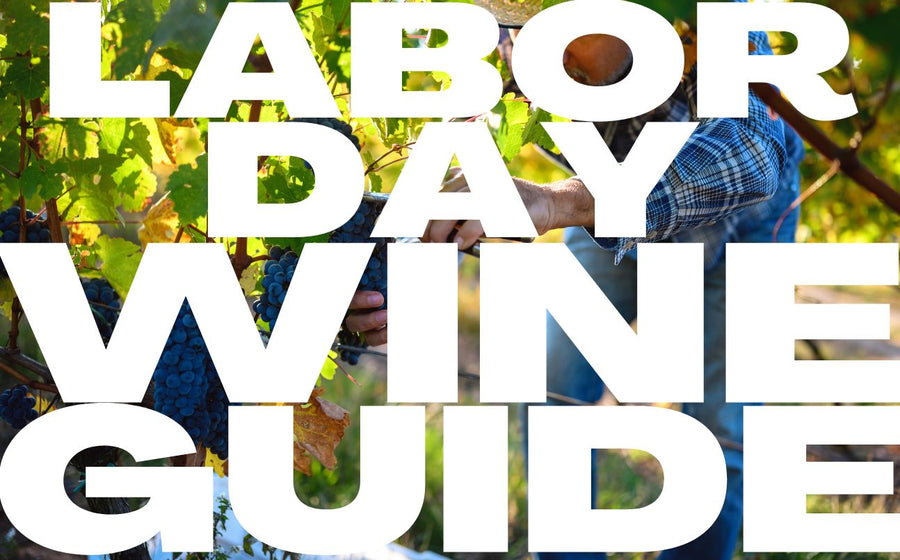
What's Below: BBQ & Grilling Perfect Red Wines Meat & Wine Matches Veggie Grill Wines Pool Party Essentials Crisp White Wines Rosé All Day Sparkling Options Party Planning Ho...

What's Below: European Gems Slovenia's Hidden Tuscany Austria's White Wine Wonderland Spain's High-Altitude Surprise New World Discoveries Mexico's Wine Revolution Brazil's Italian Influ...

We've paired every single Trader Joe's cheese with the perfect wine. Your next cheese board is about to get very, very good. The Ultimate Trader Joe's Cheese & Wine Pairing Guide Look, Trader Joe...

"Liberté, égalité, fraternité" The key to great Bastille Day wine pairing is choosing authentic French wines that complement traditional French foods without overpowering them. Rich cheeses, herb-crus...
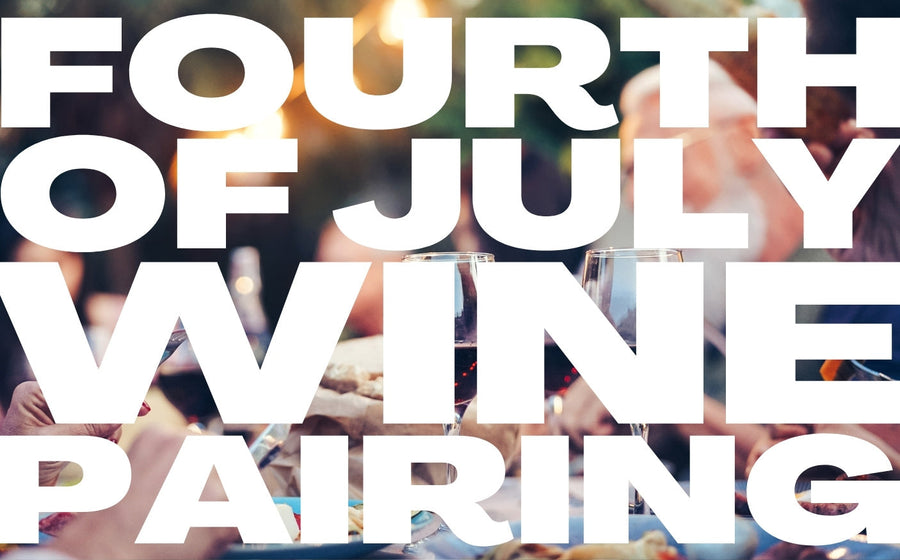
What wine should you have on 4th of July? These (All American) ones!

"Wine was never trying to be cool. And thank goodness for that." Every few months, another think piece declares wine dead. "Gen Z has killed wine." "Hard seltzers are the new wine." "Why wine isn't cool...
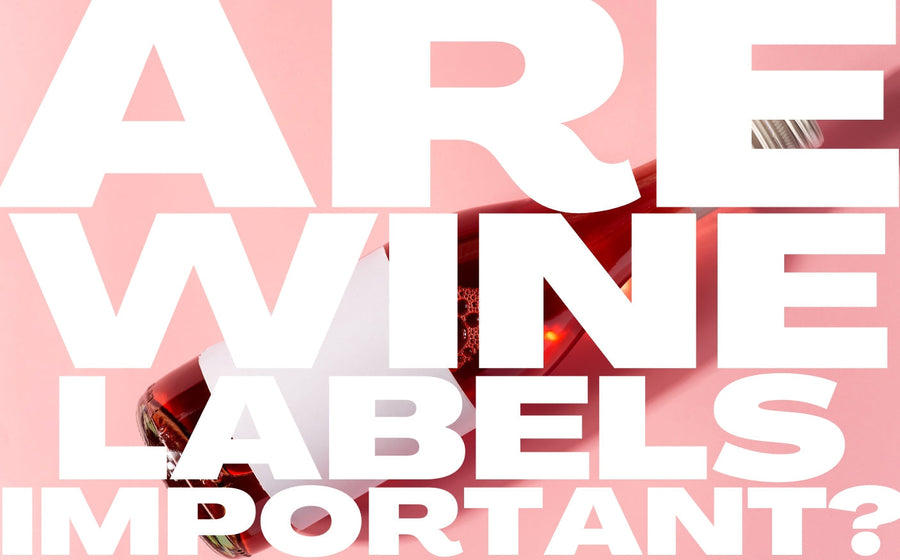
What's Below: The Foundation Introduction The Absolute Reality Real Shopping Experience Digital & Psychological The iPhone Test Psychology of Enhancement Addressing the Purists ...
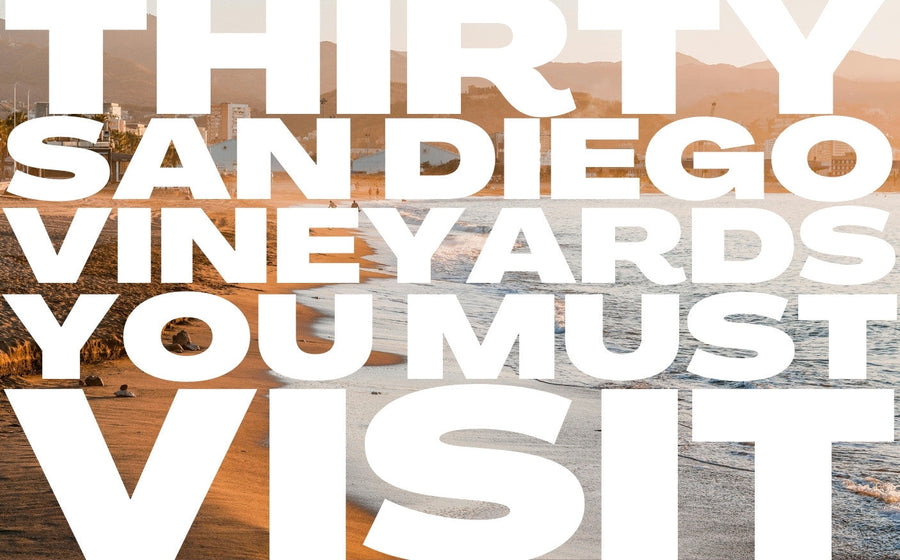
Image source: Valentina Vineyards. San Diego's top source of organically farmed wine grapes. San Diego County boasts over 172 active wineries and vineyards across diverse microclimates, from coastal va...

Italy boasts a rich tapestry of wine regions, each with its unique terroir, indigenous grape varieties, and winemaking traditions. Join us on a journey through all 20 Italian administrative regions, from int...

The journey of wine grapes from vineyard to bottle is a fascinating process guided by both science and tradition. Let's explore how vignerons determine the perfect moment to pick their grapes for optima...

Easter Wine Pairings That Won't Disappoint Easter is hopping our way, and whether you're hosting an elegant brunch or a family feast, the right wine can transform your gathering from merely memorabl...

Explore Sherry: Spain's Ancient Fortified Treasure Source: Consejo Regulador de los Vinos de Jerez y Manzanilla. If you are trying to get an excellent academic understanding of Sherry, its various styl...
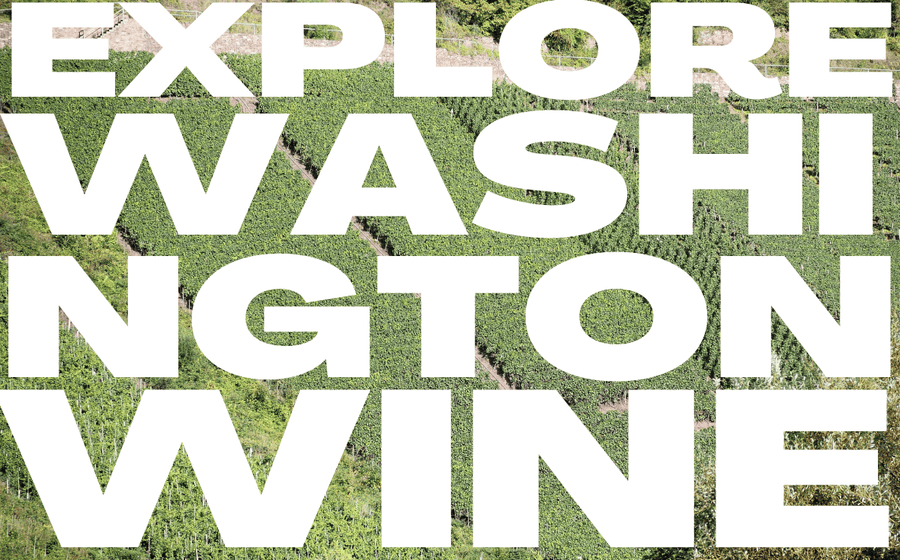
Explore Washington State Wine Source: Washington State Wine Commission. If you are trying to get an excellent academic understanding of Washington State, its various wine regions, and its role within t...

While Sauvignon Blanc remains the engine of New Zealand's wine economy, the country's most compelling expressions often come from other varieties:
